Bengal
Bengal
America’s Wildly Beautiful and Energetic Feline
1. Introduction to the Breed
The Bengal, securing the #14 spot among the top cat breeds owned by Americans in 2024, is a wildly beautiful and energetic feline renowned for its leopard-like spots and vibrant personality. Known for their exotic appearance and playful, athletic nature, Bengals are ideal for active owners seeking a dynamic, intelligent companion. Their sleek coat and wild charm make them perfect for spacious households, from urban lofts to suburban homes, where their energy and curiosity bring excitement and allure.
2. History of the Breed
Developed in the United States in the 1960s, Bengals were created by crossing domestic cats with the Asian leopard cat to produce a breed with a wild appearance and domestic temperament. Breeder Jean Mill pioneered the breed, aiming for a spotted coat and friendly nature. Recognized by the Cat Fanciers’ Association (CFA) in 2016 for championship status, Bengals gained U.S. popularity for their striking looks and agility in cat shows and as family pets. Their unique heritage and spirited demeanor have made them a favorite among exotic breed enthusiasts.
3. Physical Characteristics
- Typical Size and Weight: Bengals are medium to large, standing 8–10 inches tall at the shoulder and weighing 8–15 pounds (males) or 6–12 pounds (females), with a sleek, muscular build.
- Coat and Color: Their short, dense coat is soft and glossy, featuring spotted or marbled patterns in colors like brown, snow, or silver. The coat sheds minimally and has a distinctive, glitter-like sheen.
- Distinctive Features: Bengals have a broad, wedge-shaped head, almond-shaped eyes (often green or gold), and small, rounded ears. Their long legs, bushy tail, and spotted coat enhance their wild, leopard-like appearance.
4. Personality Traits
Bengals are playful, intelligent, and highly energetic, with a curious personality that makes them exceptional explorers. They form strong bonds with owners, enjoying interactive play with children or familiar pets, but their strong prey drive may lead to chasing smaller animals. Their vocal nature, with chirps, yowls, or meows, reflects their need for attention. Bengals are agile and adventurous, suiting experienced owners who can provide ample stimulation to prevent boredom-driven behaviors like climbing or destructive scratching.
5. Care Requirements
- Exercise Needs: Bengals need 45–60 minutes of daily play, including chasing toys, climbing tall cat trees, or interactive games like laser pointers or fetch. Mental stimulation through complex puzzle toys or water-based activities (as they often enjoy water) keeps their sharp minds engaged.
- Grooming Needs: Their short coat requires brushing once weekly to maintain shine and manage minimal shedding. Regular ear cleaning, nail trimming, and dental care maintain health, as they’re prone to dental issues.
- Dietary Considerations: A high-protein diet supports their athletic build and high energy. Portion control prevents obesity, and foods with omega fatty acids enhance their coat’s sheen. Fresh water is essential, especially for their water-loving tendencies.
6. Health and Lifespan
Bengals have an average lifespan of 12–16 years. Common health issues include hypertrophic cardiomyopathy (HCM), progressive retinal atrophy, patellar luxation, and gastrointestinal sensitivities. Regular vet checkups, heart and eye screenings, and a healthy lifestyle mitigate risks. Owners should monitor for vision changes, lameness, or digestive issues and ensure a balanced diet to support overall health. Genetic testing from breeders reduces hereditary concerns, particularly for HCM.
7. Training and Socialization
Bengals are highly intelligent and trainable, excelling at tricks like “jump,” “fetch,” or leash-walking with positive reinforcement using treats or play. Their curious nature makes training engaging, but their energy requires firm, consistent boundaries. Early socialization ensures comfort with strangers, children, and other pets, reducing wariness or chasing instincts. Teaching behaviors like using a scratching post or litter box habits is straightforward due to their quick learning. Interactive play or training prevents boredom-related mischief like excessive climbing.
8. Ideal Home Environment
Bengals thrive in spacious, secure homes with ample room to explore, ideal for suburban settings or large urban lofts with tall cat trees and climbing structures. They suit active families or individuals who enjoy interactive play or training. Water features or secure outdoor enclosures satisfy their adventurous, water-loving nature. Owners should provide a stimulating environment with toys and scratching posts to channel their energy and prevent destructive behaviors, ensuring a nurturing setting for their dynamic nature.
9. What’s the Best Toy for My Bengal?
Bengals enjoy toys that suit their energetic, athletic nature and strong prey drive. Sturdy feather wands encourage leaping and pouncing, providing 15–20 minutes of interactive play to satisfy their hunting instincts. Large, durable balls for batting or fetching tap into their playful energy, ideal for 20–25 minute sessions in a secure space. Soft plush toys for wrestling mimic prey, perfect for 10–15 minute play bursts, with supervision to prevent tearing. Complex interactive puzzle toys with treat compartments challenge their intelligence, keeping them occupied indoors for 15–20 minutes. Avoid small, easily swallowed toys to prevent choking. Rotate toys regularly and pair with water-based or climbing games for engagement.
10. Adoption and Breeder Tips
Choose breeders affiliated with the CFA or Bengal breed clubs, ensuring health clearances for heart (HCM), eyes, knees, and digestive conditions. Visit the breeder to assess kitten health, meet parents for temperament and activity insights, and confirm ethical practices, including socialization and clean facilities. Rescues like Bengal-specific organizations offer adoptable cats, often with known histories. Avoid unregulated breeders or pet stores, as Bengals are prone to health issues if poorly bred. Ask about genetic testing, socialization, and activity needs to ensure a healthy, well-adjusted cat.

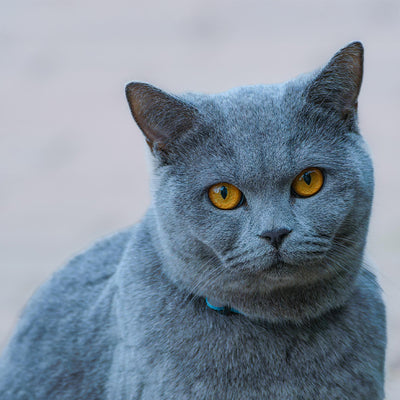
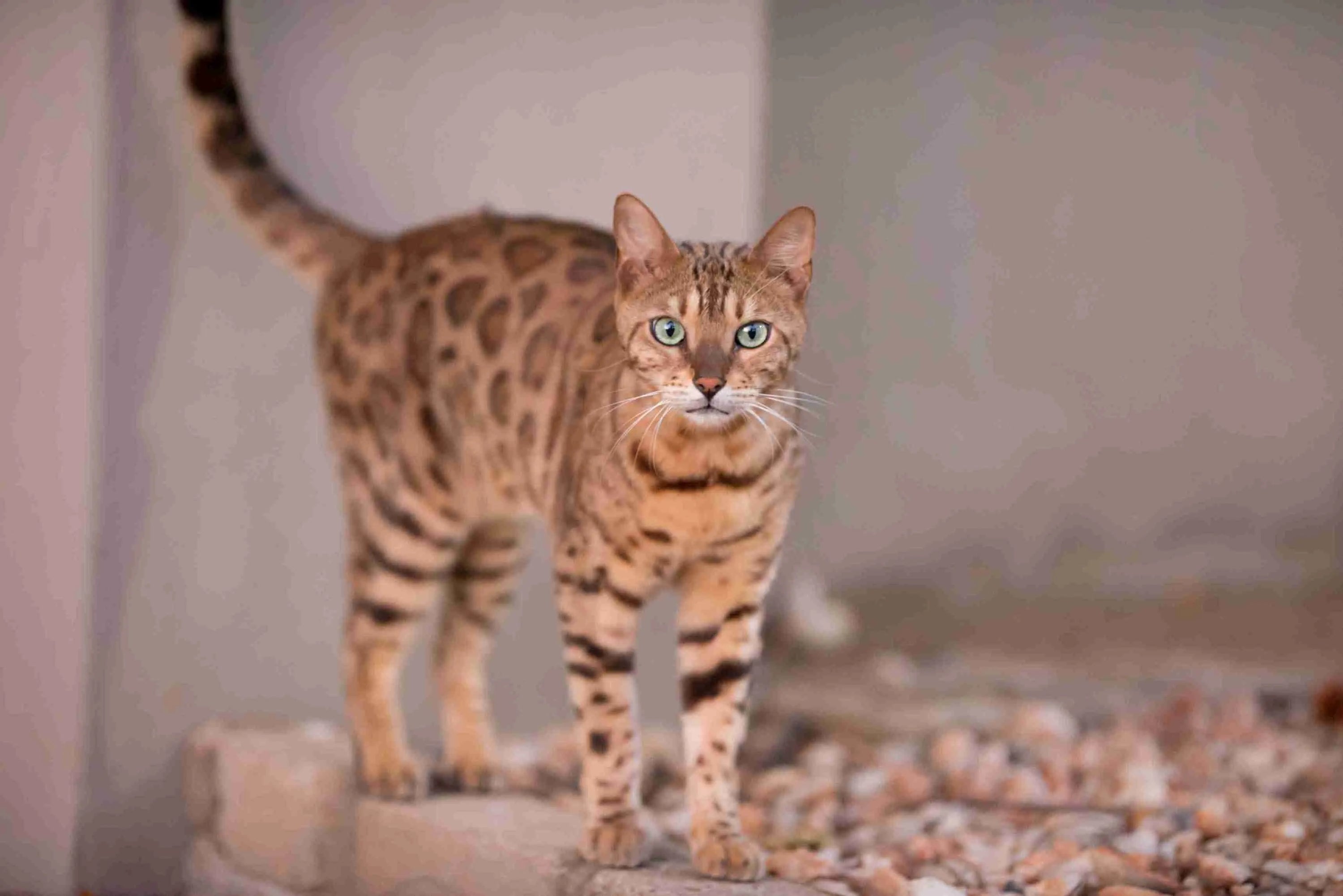
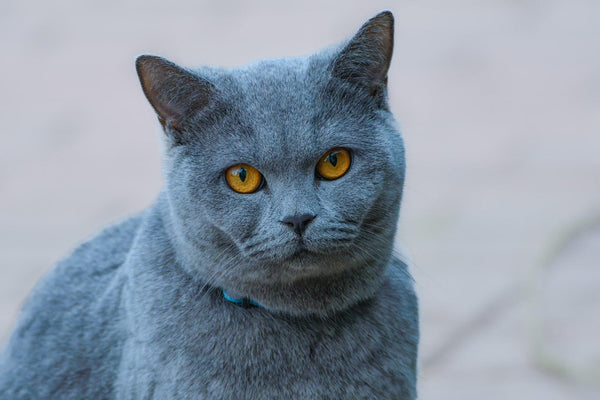
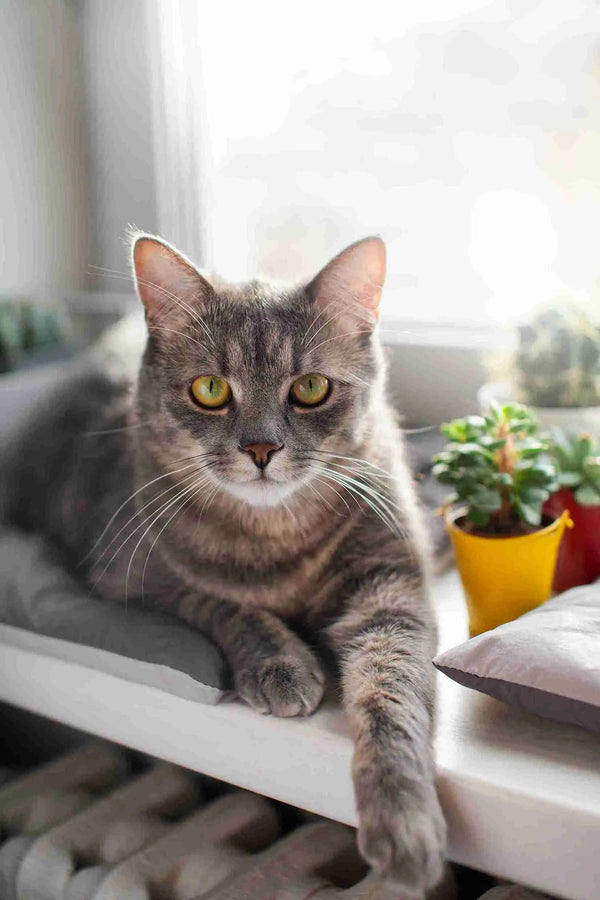
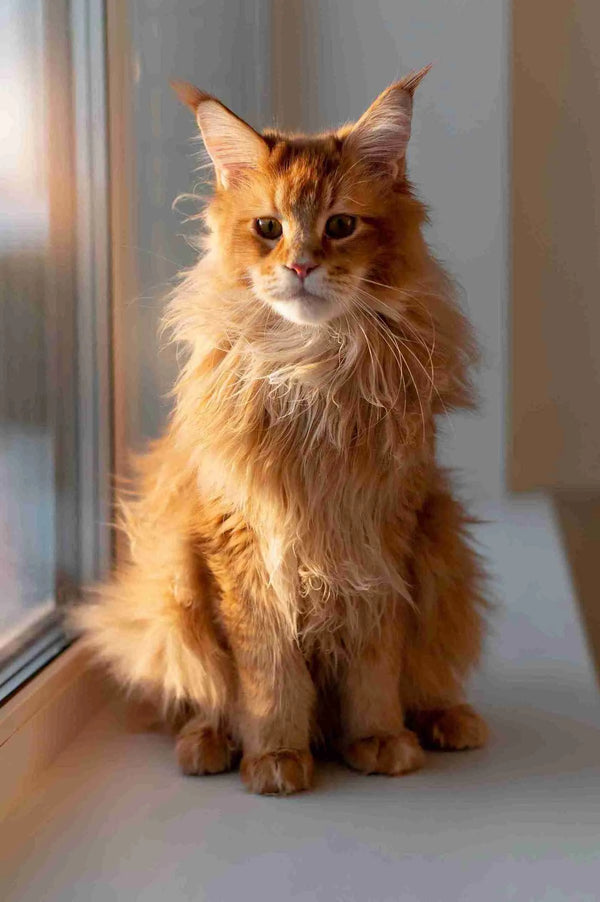
0 comments